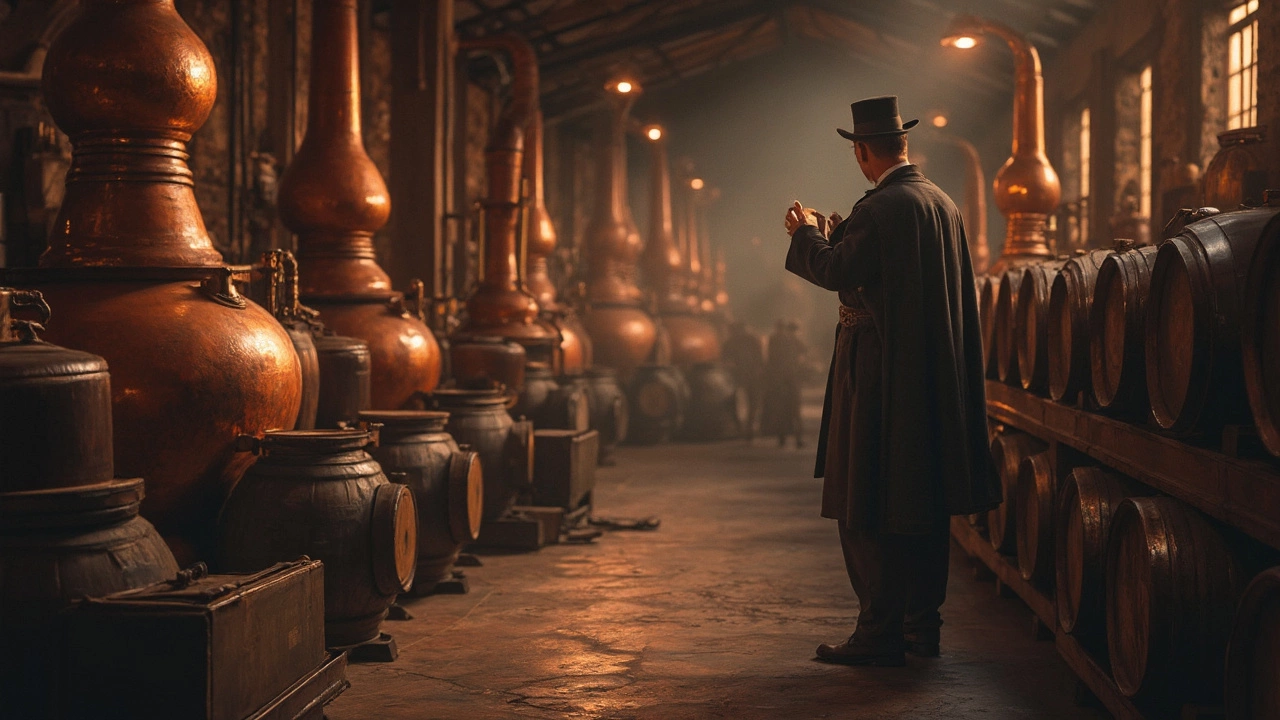Whiskey Flavors: A Practical Guide for Your Palate
When you sip a whisky, you’re not just tasting alcohol—you’re tasting a story. Each drop carries clues about the grain, the water, the barrel, and the climate where it was made. Knowing the common flavor families helps you break down what you’re actually drinking, and it makes every glass more fun.
Core Flavor Families You’ll Meet
Most whiskies fall into a handful of easy‑to‑remember groups. First up are sweet and fruity notes – think honey, vanilla, ripe apples, or fresh berries. These come from the grain mash and the sugars that turn into alcohol during fermentation.
Next, you’ll spot spicy and peppery hints. Black pepper, cinnamon, or clove usually mean the spirit spent time in a new‑make or heavily charred cask. Those flavors give the whisky a bit of a kick.
Then there are the smoky and woody sensations. Peat smoke, toasted oak, or a faint leathery note point to longer aging in charred barrels or the use of peat during malting. If you’re new to smoke, start with a light peated single malt and work your way up.
Finally, many whiskies end with a nutty or caramel finish. Almonds, toffee, or a smooth caramel coat often come from the interaction between the spirit and the wood’s residual sugars. These flavors linger and are great for closing a tasting session.
How to Spot Each Note
Start with a clean glass at room temperature. Swirl it gently and take a quick sniff – you’ll catch the strongest aroma first. If you notice something like citrus, that’s your fruity cue. Take a small sip, let it coat your tongue, and notice where the taste hits: tip of the tongue for sweet, sides for spicy, back for smoky.
Use a simple “smell, sip, think” routine. After you’ve identified one or two notes, pause and ask yourself what could be causing them. Grain type often brings out sweet corn or rye flavors, while barrel choice adds oak and vanilla. The more you practice, the faster you’ll label each sensation.
Don’t worry about naming every nuance. Even seasoned tasters miss a hint now and then. The goal is to enjoy the drink and learn what you personally like. Keep a notebook and jot down the flavors you hear most often – you’ll notice patterns that guide future purchases.
With these basics, you can walk into any bar, order a whisky, and confidently discuss its flavor profile. Whether you prefer a mellow honey‑driven bourbon or a bold peat‑rich Scotch, understanding the key notes turns a simple drink into an experience.
So next time you raise a glass, remember: the flavors are there to explore, not to intimidate. Take a breath, take a sip, and enjoy the story each whisky tells.
This article explores the intriguing world of whiskey from the perspective of someone who doesn't drink. Discover how specific flavors and aromas might be interpreted by a non-drinker, including tips on recognizing key whiskey notes. Whether you're curious or cautious about trying whiskey, this guide offers honest insights and ways to appreciate its complexity without ever taking a sip.
View DetailsWhiskey tasting offers a sensory adventure, blending history, culture, and craftsmanship into each sip. This practice allows enthusiasts to explore various flavors, aromas, and nuances of whiskeys from around the world. With guidance on tasting techniques and tips for enhancing the experience, this article aims to immerse readers in the fascinating art of whiskey appreciation. Whether beginner or connoisseur, there's always more to uncover with each glass.
View Details


